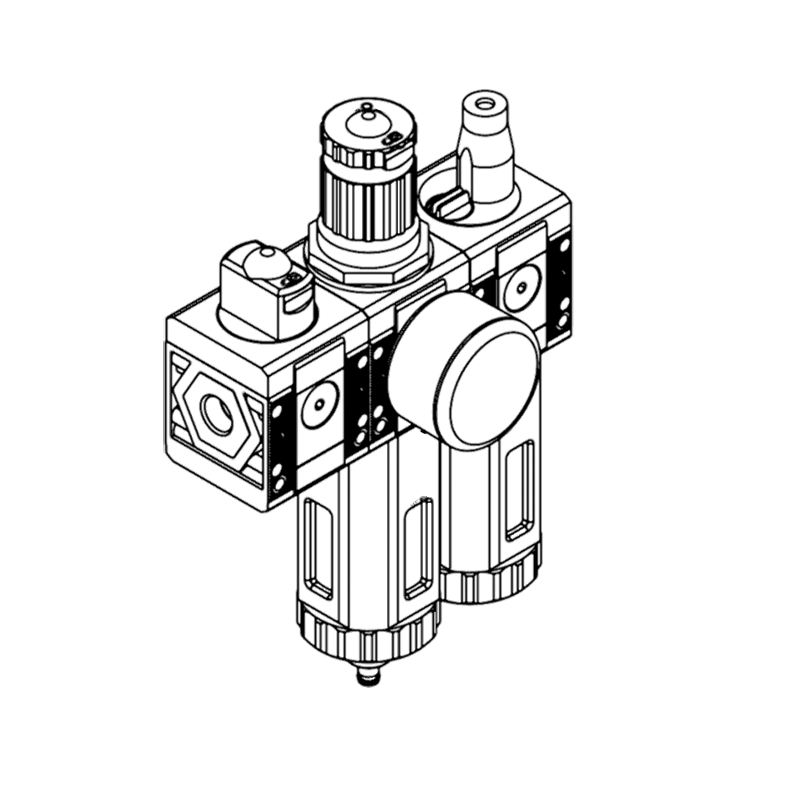
3D visualisation of customer needs in industrial automation
As Head of Engineering, Josef Henseler is responsible for managing TRI-MATIC's workshop. Josef Henseler has a great deal of experience in the entire process from technical advice to support for standard products and special solutions for industrial automation. This is partly thanks to his more than 30 years with the company. With continuous further training in pneumatics, electrics and CAD drawing, Sepp has kept up with the times. Today, Sepp is available for an interview on the subject of construction.
1․ What is the importance of the design department at TRI-MATIC?
3D visualisation with CAD software is very important in our industry. Cooperation with the customer has become much easier with this tool, whether for the preparation of quotations or for the visualisation of complex assemblies.
In 2007, we jumped on the bandwagon of 3D visualisation with CAD software. Since then, our design team has acquired a high level of expertise and is constantly striving to improve it.
The customer's wishes can be visualised well with 3D models and provide an ideal basis for an initial discussion. In this way, we can see together whether the customer's needs have been correctly understood. On this basis, initial samples, technical data sheets and customer drawings are created.
More and more, the market is demanding 3D models for download. On our website, our prospective customers can find many standard products in 3D. It is worth a visit. TRI-MATIC attaches great importance to the subject of design.
2. What is the difference in the design of special solutions compared to standard products?
A customer can buy standard products from many different suppliers, which are produced in large quantities. Often the standard product does not quite meet the customer's expectations, which is why a special solution then comes into question.
In such a case, we can develop an individual assembly tailored to the customer's needs. Depending on the customer's wishes, we can take over the complete development of the new assembly or just a part of it. We accompany our customers very closely from the first discussion and the first sketch to the 3D model, the sample and the series.
3․ What does TRI-MATIC do in terms of safety? How does TRI-MATIC guarantee the reliability and safety of its products right from the design stage?
Some products require a great deal of safety and demand a CE mark. In addition to good engineering, these products are also developed together with external consultants and safety specialists. For example, the HoseGuard® hose rupture safety device, which requires a CE mark. This hose rupture protection protects man and machine from the dangerous whipping of a damaged compressed air hose. During product development, the current Machinery Directive was and still is our guideline.
4. What is your most exciting challenge at the moment?
We are currently developing a special preset pressure reducing valve from the ToolReg® product family. The ToolReg® pressure reducing valve is preset to the required output pressure and provides a stable supply to the following components.
The new pressure reducing valve is to be used in the new application for the medium water with a partly aggressive content. What is special about it is the large dimension and the weight of 2.7 kg. Our challenge, which is not an easy one, is to combine all the customer's wishes in this new ToolReg®.
5․ What is a successful day for you?
We are successful and strong above all as a team. When we exchange ideas, develop something together and work out a constructive solution together, that's a successful day for me.
Of course, I am also happy when we present a good idea or solution to a client that brings him savings or simplification.
A successful day for me is also when I can acquire new knowledge or I can pass on my knowledge and experience to our employees. When colleagues develop further through advice and internal training and act more and more independently, this pleases me immensely.


































